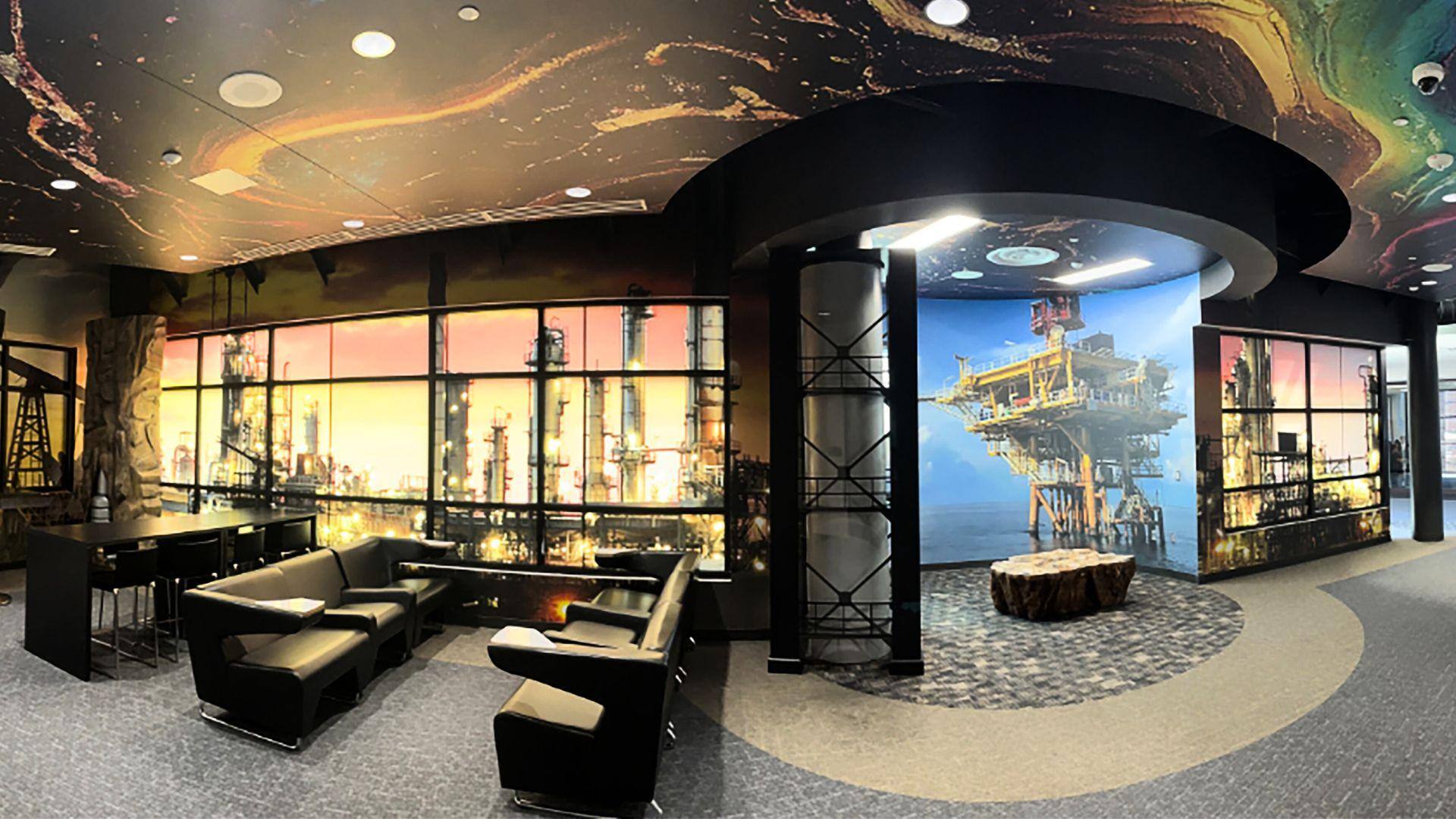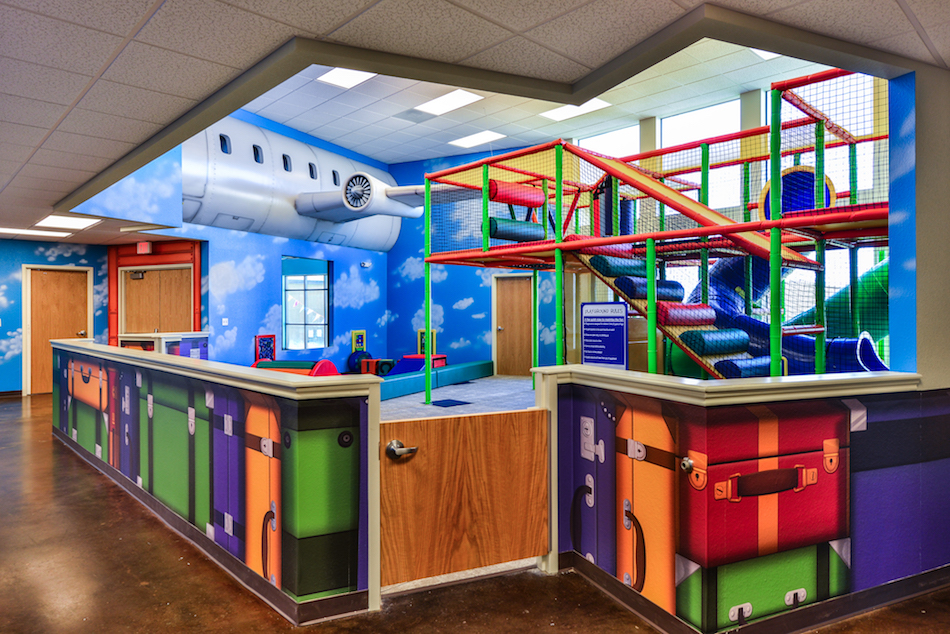Remember the last time you visited a theme park? The excitement, the thrill, the immersive experiences that left you awestruck? Now imagine if learning felt the same way. That’s the power of immersive learning spaces, where education becomes a play-filled adventure. But is it all just fun and games? Not quite. Science is showing us that these spaces have a remarkable way of tricking your brain into loving education. In this article, we’ll delve into the magic behind themed experiences, the role of experience designers, and how these immersive spaces are changing the way we learn, backed by scientific evidence. 🧠 🎢
The Science Behind Playful Learning
Play isn’t just for kids – it’s a fundamental way our brains explore and understand the world. Studies like those conducted by Sergio Pellis and Vivien Pellis at the University of Lethbridge reveal that play is integral to cognitive development. When learning feels like play, our brains release dopamine, a neurotransmitter associated with pleasure and reward. This not only enhances our motivation to learn but also strengthens memory formation. Immersive learning spaces tap into this by creating an environment where education is a thrilling adventure rather than a mundane task. 📖 🏫
The Role of Themed Experiences
Think about your favorite movie or book – what draws you in? It’s the immersive world-building, the captivating storylines, and the feeling of being transported to a different realm. Immersive learning spaces take a page from this playbook, turning educational content into a captivating narrative. Research by Paul Howard-Jones at the University of Bristol suggests that narratives stimulate multiple areas of the brain, enhancing information retention. By integrating educational content into themed experiences, these spaces engage various senses and emotions, making learning a holistic experience.
Crafting Experiences: The Experience Designers
Experience designers are the architects of immersive learning spaces. They combine elements from psychology, design, and education to create environments that foster curiosity and engagement. According to a study published in the International Journal of Arts and Technology, experience design principles influence emotional responses and cognitive engagement. By strategically using colors, sounds, textures, and interactive elements, designers shape the way we perceive and absorb information. It’s like they’re painting a canvas that makes knowledge truly come alive. 🎨🧙♂️
Immersive Learning Spaces: A Paradigm Shift
Traditional classrooms often struggle to maintain students’ attention, leading to disinterest and even apathy toward learning. Immersive learning spaces, on the other hand, flip this script. A study led by Anne Bamford, published in the Journal of Education, Arts and Health, found that immersive environments boost engagement and creativity. When education becomes a multisensory journey, students become active participants in their own learning. This shift from passive reception to active involvement rewires the brain’s perception of education, fostering a genuine love for learning. 🎯 🧜
In conclusion, Immersive learning spaces are more than just a passing trend – they’re a transformational approach to education. Backed by scientific evidence, these spaces leverage the psychology of play, the art of themed experiences, and the expertise of experience designers to trick our brains into embracing learning. The integration of cognitive and emotional elements reshapes our relationship with education, turning it from a chore into a captivating adventure. So, the next time you step into an immersive learning space, remember that your brain is gearing up for an educational journey wrapped in the thrill of play.
Contact us to discover the boundless learning possibilities of themed learning spaces!
References:
- Pellis, S. M., & Pellis, V. C. (2017). The Playful Brain: Venturing to the Limits of Neuroscience. Oxford University Press.
- Howard-Jones, P. A. (2014). Neuroscience and education: myths and messages. Nature Reviews Neuroscience, 15(12), 817-824.
- Bamford, A. (2010). The Wow Factor: Global Research Compendium on the Impact of the Arts in Education. Waxmann Verlag.
- International Journal of Arts and Technology, Volume 11, Issue 1, 2018.
- Journal of Education, Arts and Health, Volume 1, Number 2, 2016.
.png?width=160&height=96&name=logo%20(1).png)


